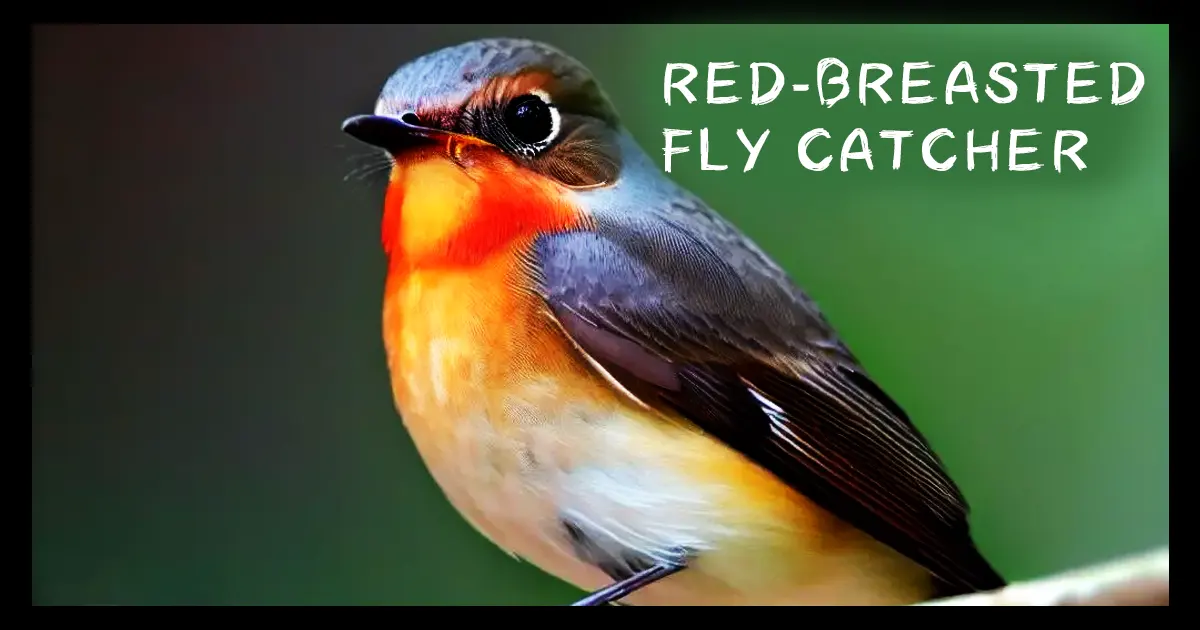
Context:
The Red-breasted Flycatcher has been spotted at Hyderabad’s Ameenpur Lake, a significant event as the lake once attracted diverse migratory birds, including flamingos. Due to environmental degradation, the lake had lost much of its avian population, disappointing birdwatchers. However, ongoing restoration efforts by the Hyderabad Disaster Response and Asset Protecting Agency (HYDRAA) are helping revive the ecosystem, bringing back migratory birds.
About Red-breasted Flycatcher
- Scientific Name: Ficedula parva
- Habitat:
- Breeds in Eastern Europe and Central Asia.
- Migrates to South Asia, including India, during the winter months.
- Physical Characteristics:
- Small, insectivorous bird with a distinctive red-orange patch on its throat (seen prominently in males during the breeding season).
- Females and non-breeding males have a less vibrant appearance, with grey-brown upperparts and pale underparts.
- Diet:
- Primarily feeds on insects, caterpillars, and berries, playing an essential role in controlling insect populations.
Similar Species
- Taiga Flycatcher (Ficedula albicilla):
- Often confused with the Red-breasted Flycatcher due to their similar size and appearance.
- Key Differences:
- The Taiga Flycatcher has a more restricted orange throat patch.
- It is more commonly found in eastern and northeastern India, whereas the Red-breasted Flycatcher is seen in central and southern regions during migration.
Significance of Ameenpur Lake
- Ecological Importance:
Once a thriving habitat for migratory birds, including iconic species like flamingos, the lake faced environmental degradation due to pollution and encroachment. - Conservation Efforts:
HYDRAA’s initiative aims to restore the lake’s ecosystem by improving water quality, controlling encroachments, and enhancing habitat conditions for migratory birds.- The return of species like the Red-breasted Flycatcher signals the lake’s gradual revival as a biodiversity hotspot in Hyderabad.




